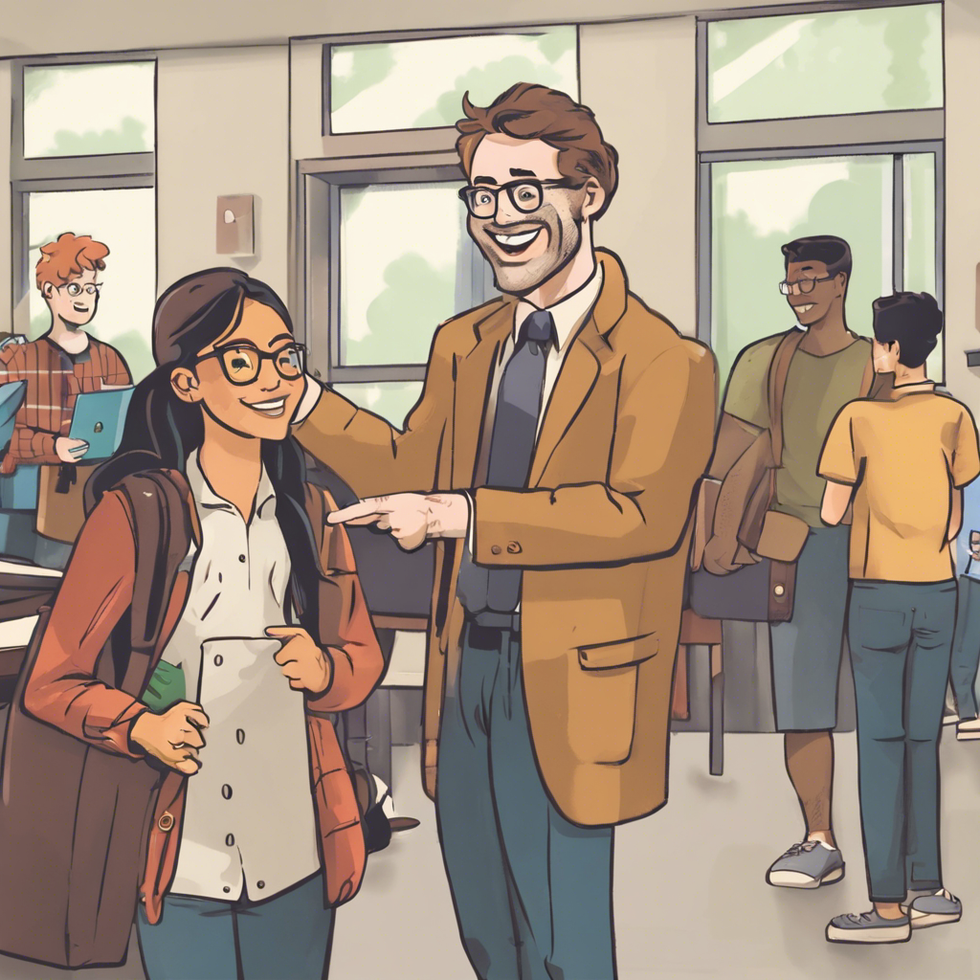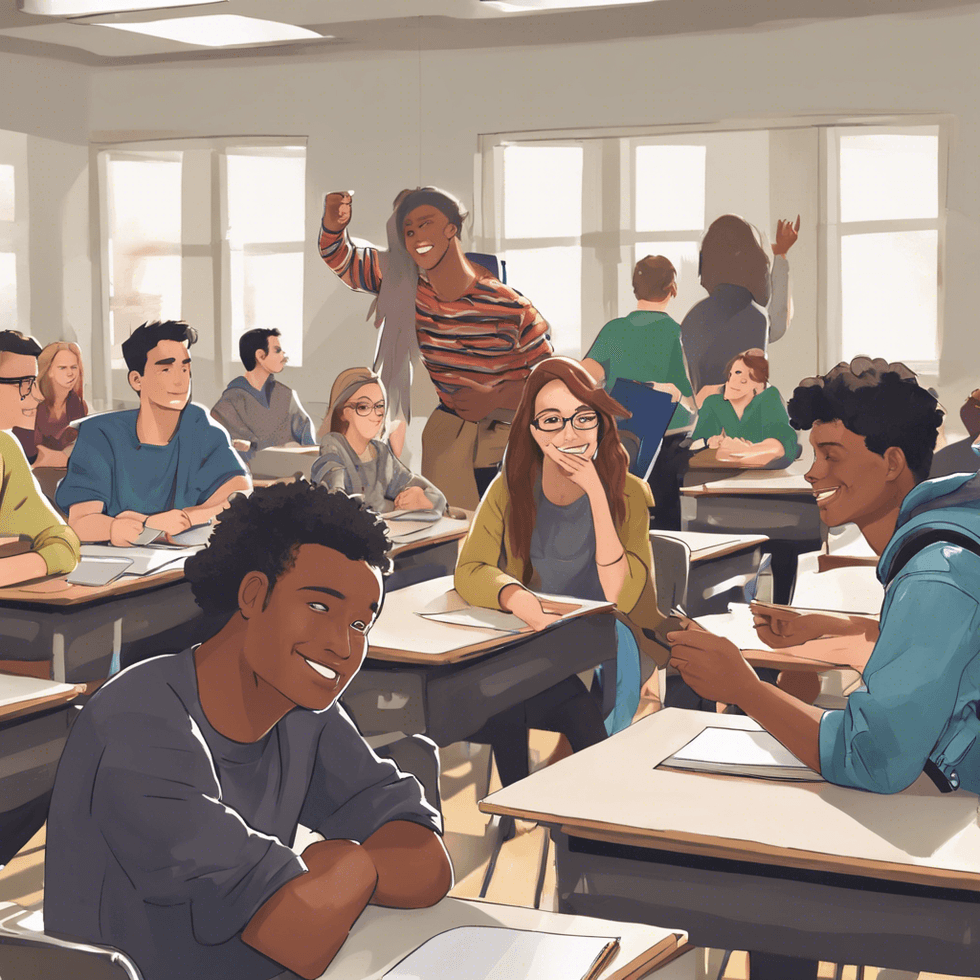Brace yourselves, it’s convention season!
The morning of the convention, which was called Shuto Con and hosted in Lansing, I woke up at an ungodly hour to prepare for the day ahead of me. I put on my makeup, which I hadn’t tested before that day, and I placed my wig on my head careful to not mess up the makeup I had worked so hard on and to conceal all of my auburn hair under the wig. My parents and I, who were driving, picked up my friend, Angela, and we head out on the hour long trip to get to the actual convention.
We walked into the crowded Radisson Hotel, in full cosplay, and we were ready to start the day. Even before we had entered the main part of the convention, my friend and I had already seen so many amazing cosplayers crowding the entrance and the registration room. As we registered, we saw more cosplayers enjoying events, having a break, or searching out a rare or special item to add to their collections of nerd culture.
I was awed by the community that I had grown to love and how welcoming the people could be. Convention season was truly upon us in the best way possible. However, as I wandered and enjoyed the event with one of my best friends, I was curious as to how cosplay became the hobby that it was today. I wondered where it began, how it became popular among the masses, and how it had inspired many to make a career out of it.
I also was curious about what first attracted cosplayers to the hobby and what kept cosplayers motivated to continue creating masterpieces even though there are situations that exist that keep them up for hours at a time working on a project or crunching to finish that one specific prop or armor for their cosplay. So, I set out on a quest to find the answers to those exact questions.
Cosplay: A History
When one thought about cosplay, they usually think about manga, Japanese-style graphic novels, or anime, an animation form of manga, and it is for a good reason. Cosplay was a combination of two words: costume and play, thus the formation of the word cosplay. According to Emily Lettelle, an avid cosplayer and convention goer, the word cosplay was coined in Japan, the birthplace of manga, anime, and parts of the culture that have inspired cosplay.
However, though the word cosplay was coined in Japan, according to someone who wished to remain anonymous, who was knowledgeable on the subject of cosplay history, cosplay in America and cosplay in Japan started at around the same time. So, it was hard to track exactly where cosplay started. However, anonymous stated, “there’s a difference between western cosplay and Japanese cosplay communities” which meant that cosplay communities differed from country to country or even from state to state in America.
Earlier forms of costuming and crafting can be traced back to medieval times where there were formal balls called masquerades. According to a student study at the University of Michigan, masquerades were first introduced to the English people through Italy. These masquerades included elaborate dresses and intricate masks that people would wear. The term masquerade is used in cosplay today to describe cosplay competitions where artists are judged based on their craftsmanship and overall performance.
However, if you wanted a more modern and recent start of cosplay anonymous stated, “People began attending comic-cons in the mid-1900s, and would often emulate the characters seen on Star Trek during the events!” In America, we could thank the famed and beloved Star Trek franchise for the beginnings of cosplay. Star Trek, a science fiction show, was first aired in 1964 and has numerous variations of the original series ever since with new series and movie remakes as late as 2016.
The original series was also the sight of the first interracial kiss that was between the characters Captain Kirk and Lieutenant Uhura. Star Trek fans, or the coined term for the fandom, Trekkies, took to conventions to celebrate their beloved franchise and dressed up as every character from the Captains of the Starship Enterprise to the fierce warriors of the Klingon race.
But back in those days, Lettelle stated, “Cosplay used to be a very small part of conventions, now it's basically the main event.” Cosplay had become so mainstream that it had completely taken over conventions. However, cosplay was still a new craft at the time and the same can be seen today as fans were still learning more and more about how they can craft different props or sew together different patterns to make their costumes look the best they can.
Don’t Stop Us Now
Cosplay has had humble beginnings as it has started from just a few small groups of people showing up to a convention dressed as their favorite character and it grew up to be a huge mainstream hobby. The legacy of the earlier cosplayers who visited those comic cons in the mid-1900s has continued in big ways as cosplayers are taking on bigger and more elaborate projects.
Despite the joy of having created these big projects, there still were, like with any other hobby, situations that made the act of cosplay a bit stressful and less enjoyable. Con crunch, broken props, and lack of sleep have plagued cosplayers ever since the beginning and sometimes it was hard to keep motivated.
Luluko, a cosplayer based in Arizona, has had a cosplay an interest in cosplay since 2009 and what first attracted her to cosplay was the appeal of being able to dress up year round. “It was a new part of the fandom where I didn’t have to write or draw to be a part of it.” She said explaining that the costuming aspect of cosplay has also attracted her.
Luluko has had her struggle with motivation in the past and found, at one point, that she almost wanted to quit completely. “Around 2013 to 2014, I almost quit cosplay.” She said, “But what kept me going was that I couldn’t stop thinking of new ideas and there’s always new techniques and new characters to cosplay.” She is inspired by new characters and techniques every day. “It (cosplay) will always be exciting for me.” She said.
Luluko has had a blog for cosplay and has written many articles on the subject of cosplay and the tools that were needed to keep the hobby going. She has cosplayed Mami Tomoe from Puella Magi Madoka Magica, Pidge Gunderson from Voltron: Legendary Defenders, and Lilith from Fire Emblem: Fates in the past.
Emily Lettelle has enjoyed cosplay and its culture since 2009 when she attended her first convention, Zenkaikon. She has cosplayed characters such as Viktor Nikiforov from Yuri On Ice!!!, Spark from Pokemon Go!, and Eren Jaeger from Attack on Titan. Cosplay first caught her attention when she saw it in forums online. “I had seen it online in forums and wanted to try it!” she said, “My first costume probably wasn't the prettiest but wearing it was a lot of fun!”
What had a great effect in attracting her to cosplay today was the community and getting to try new techniques. “People are constantly pushing the boundaries of what cosplayers can craft and that's really inspiring to keep motivated and improve.” She said. She has kept motivated to cosplay because of the new techniques and the people in the cosplay community that she looks up to. She has found them to a be an inspiration to her and she said, “I generally look at the cosplay idols I have personally and their progress for inspiration to work harder.” Emily has continued to cosplay.
These two cosplayers, Emily Lettelle, and Luluko, have had a considerable effect on the cosplay community and their work has continued to inspire others and me.
How Far We’ll Go
I started to cosplay when my friend introduced it to me when I was a sophomore in high school. She opened up a whole new world that I wasn’t prepared to be immersed in so quickly. I’ve wondered on countless occasions where this grand community will go in the next five years.
The cosplayers that I interviewed gave me insight into what their hopes were for the cosplay community. In the next five years, Luluko said, “I hope the things have calmed down when it comes to monetizing the hobby.” Luluko doesn’t want the hobby to be all about money making, but she hoped that the people who want to monetize it will have an easier time.
Cosplay, like other communities, has had its run-ins with inclusion and Emily hoped it will improve in the next five years. “I would like to see Cosplay be better respected as an art form.” Emily said, “I also hope the Cosplay Community grows in terms of inclusion and a safe hobby for everyone to participate.” Anonymous believed that the cosplay community is headed in the right direction with the new body positive elements of the hobby. “I think it might be a little more mainstream.”
I hoped that the cosplay community will continue to grow as a community and include more people. I hope that it will be recognized for the craftsmanship and creativity. The cosplay community was still new, but the people would find crafty ways to make things work.





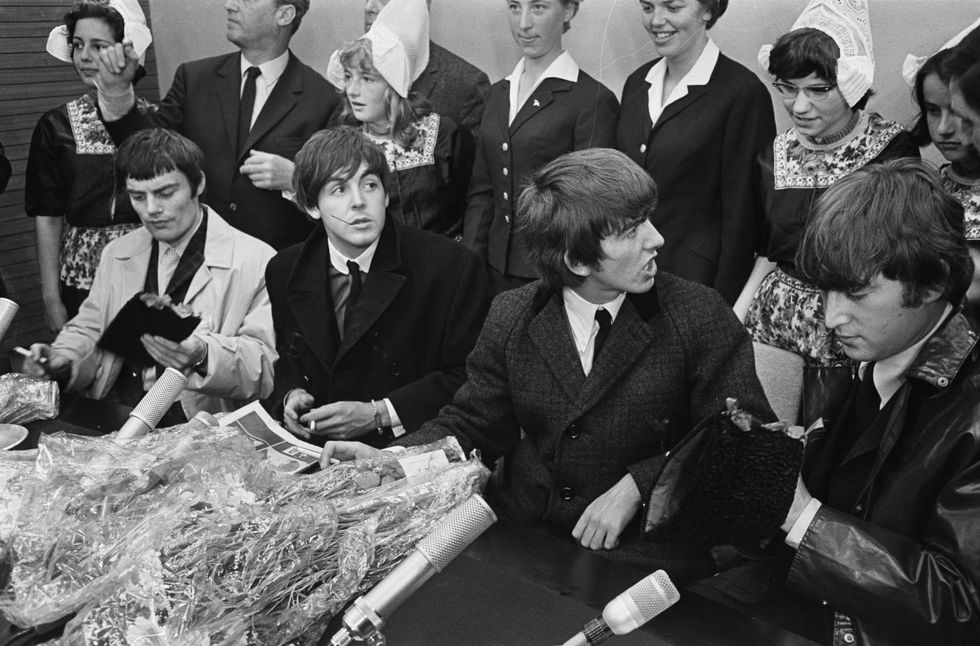
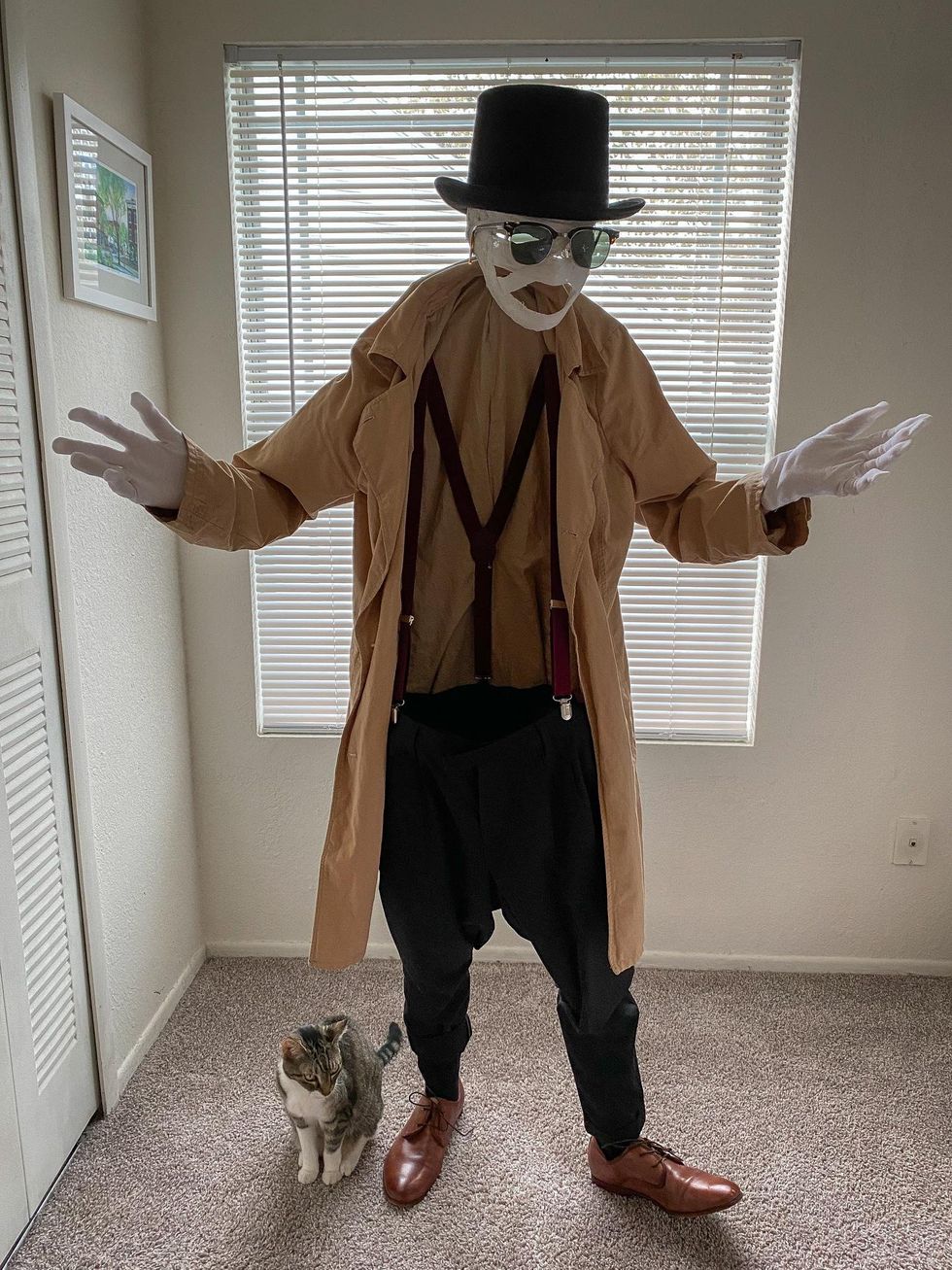
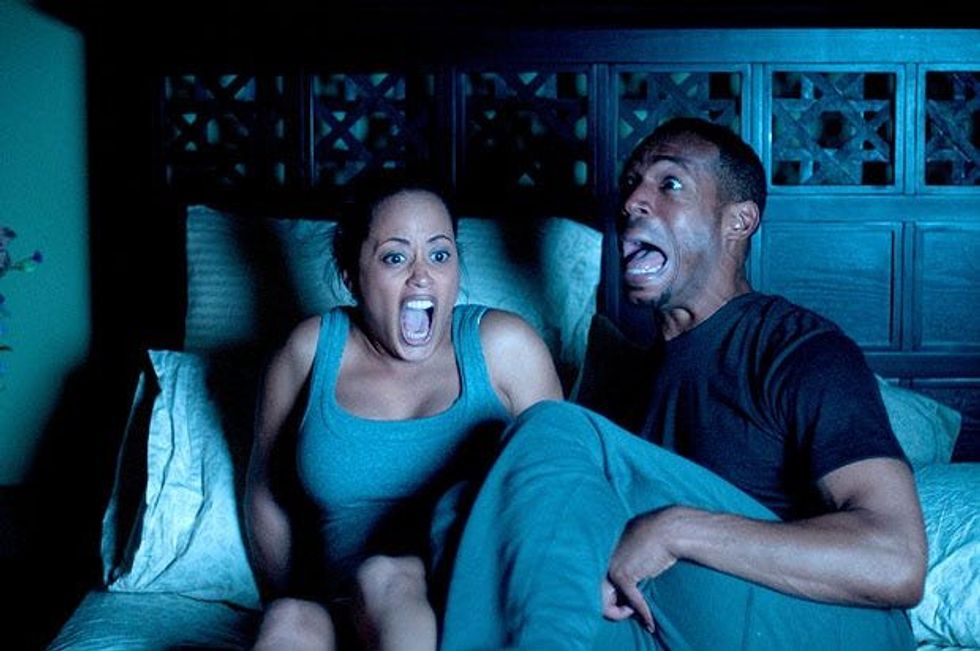
 Going to the cinema alone is good for your mental health, says science
Going to the cinema alone is good for your mental health, says science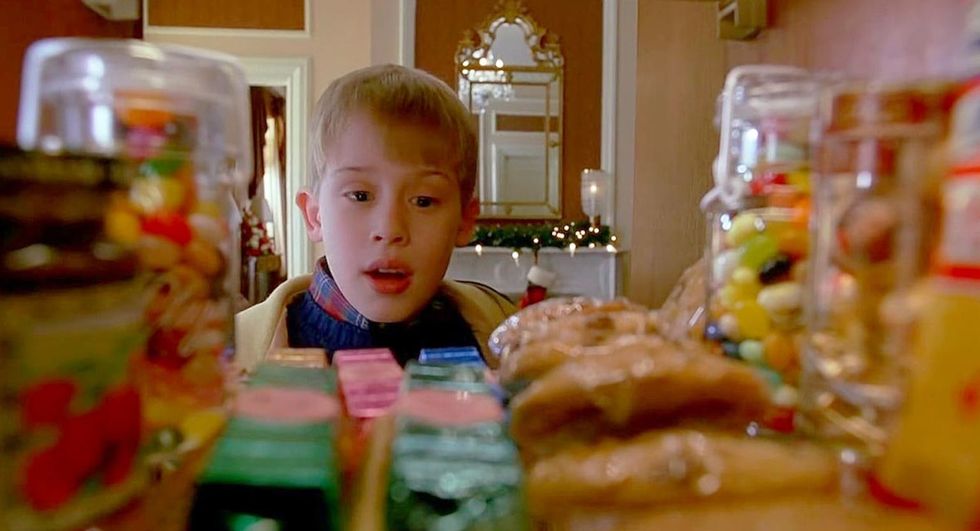
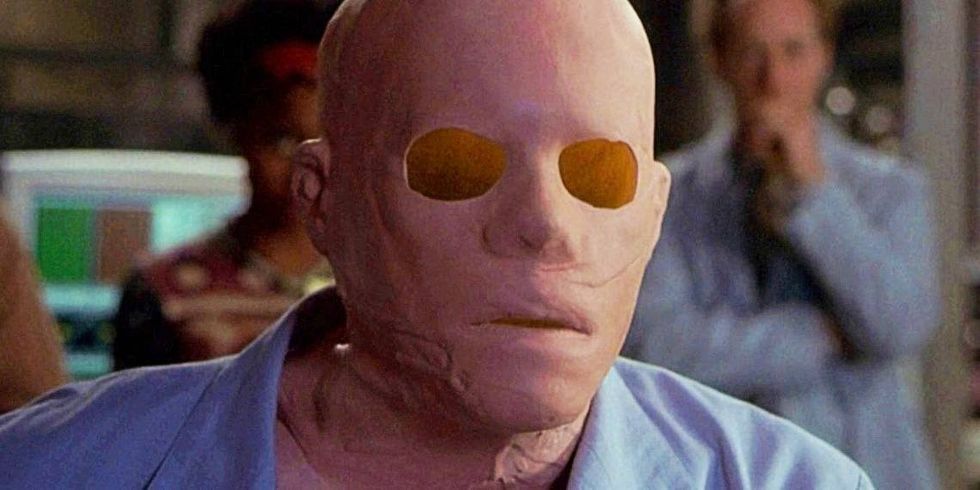
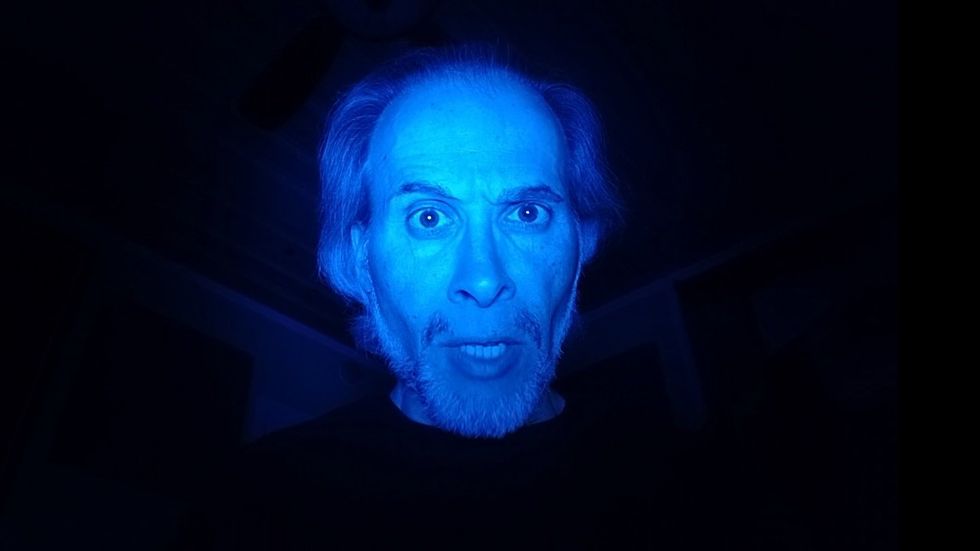
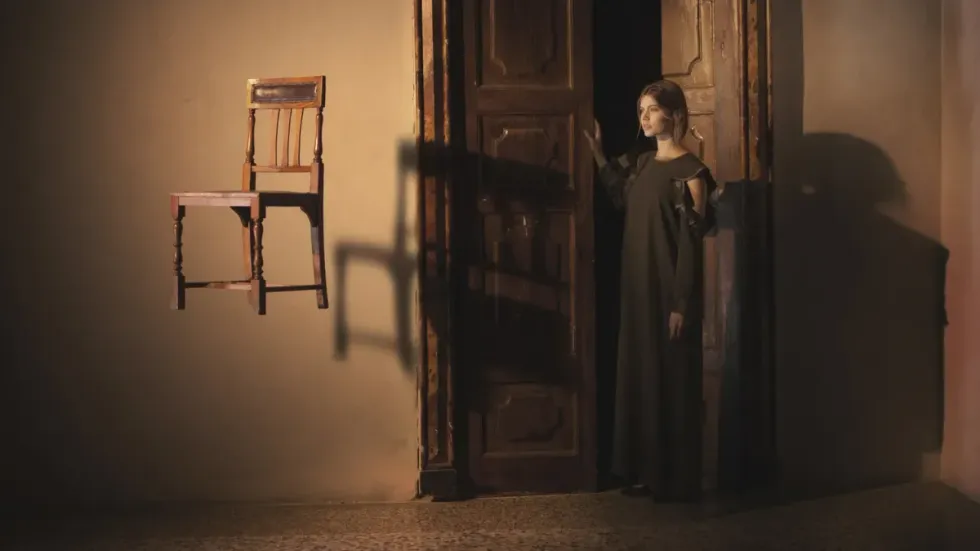
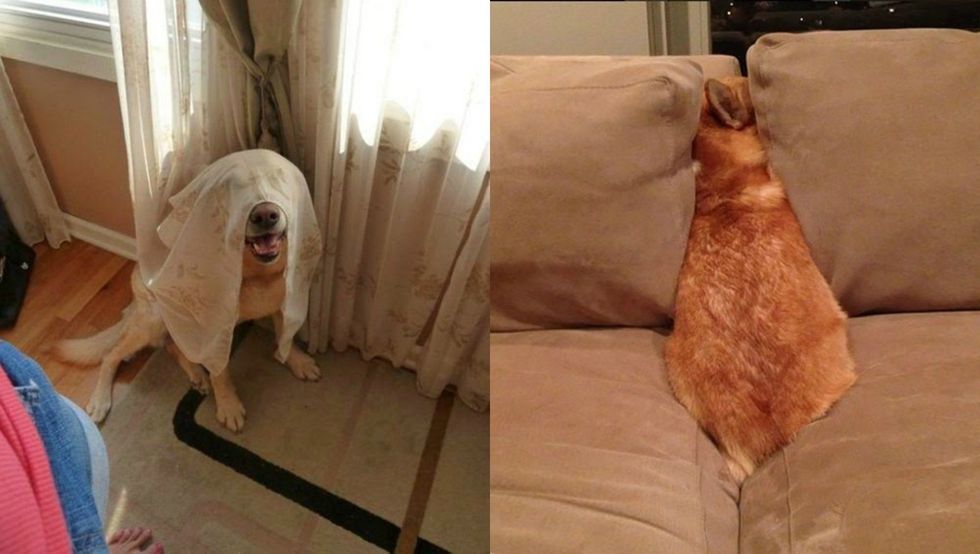

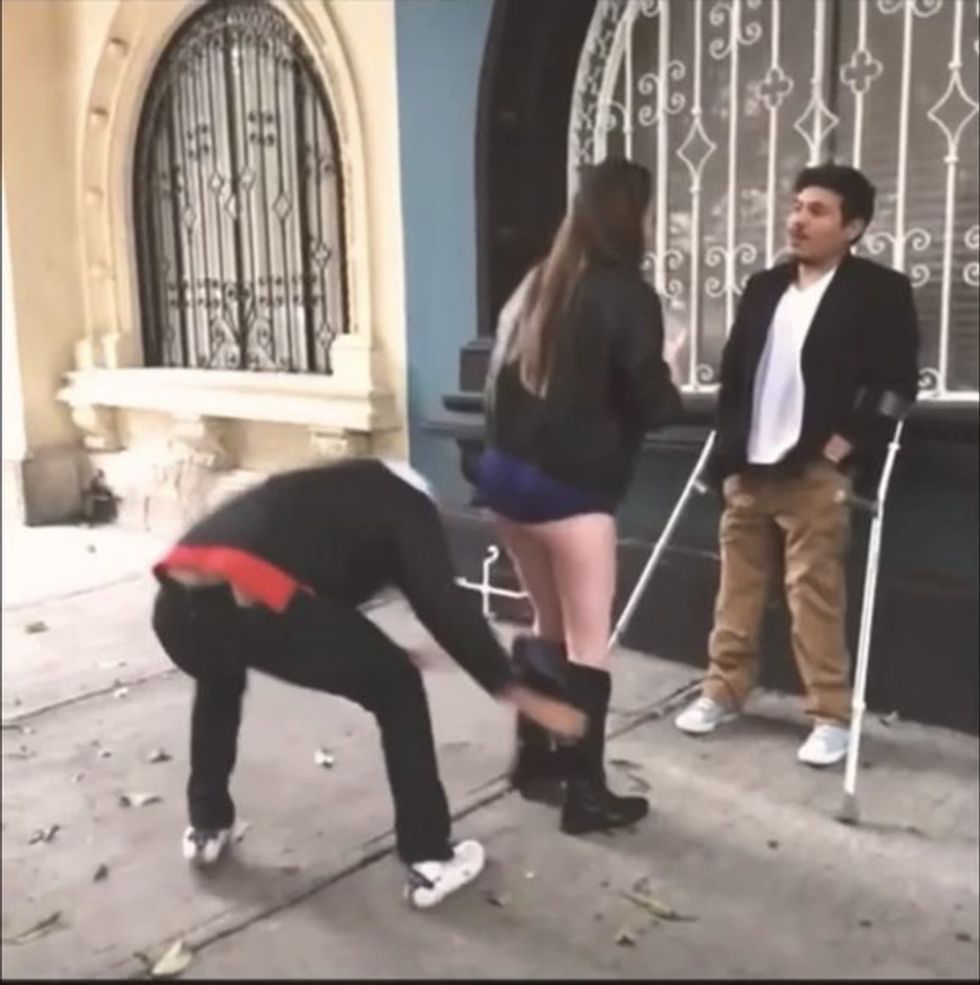

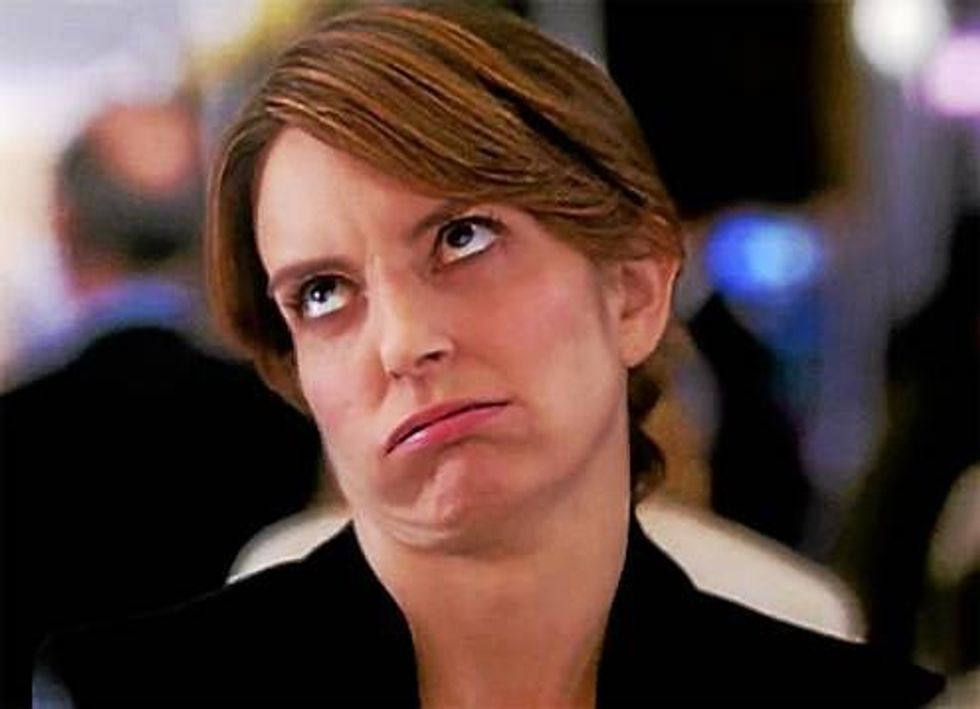
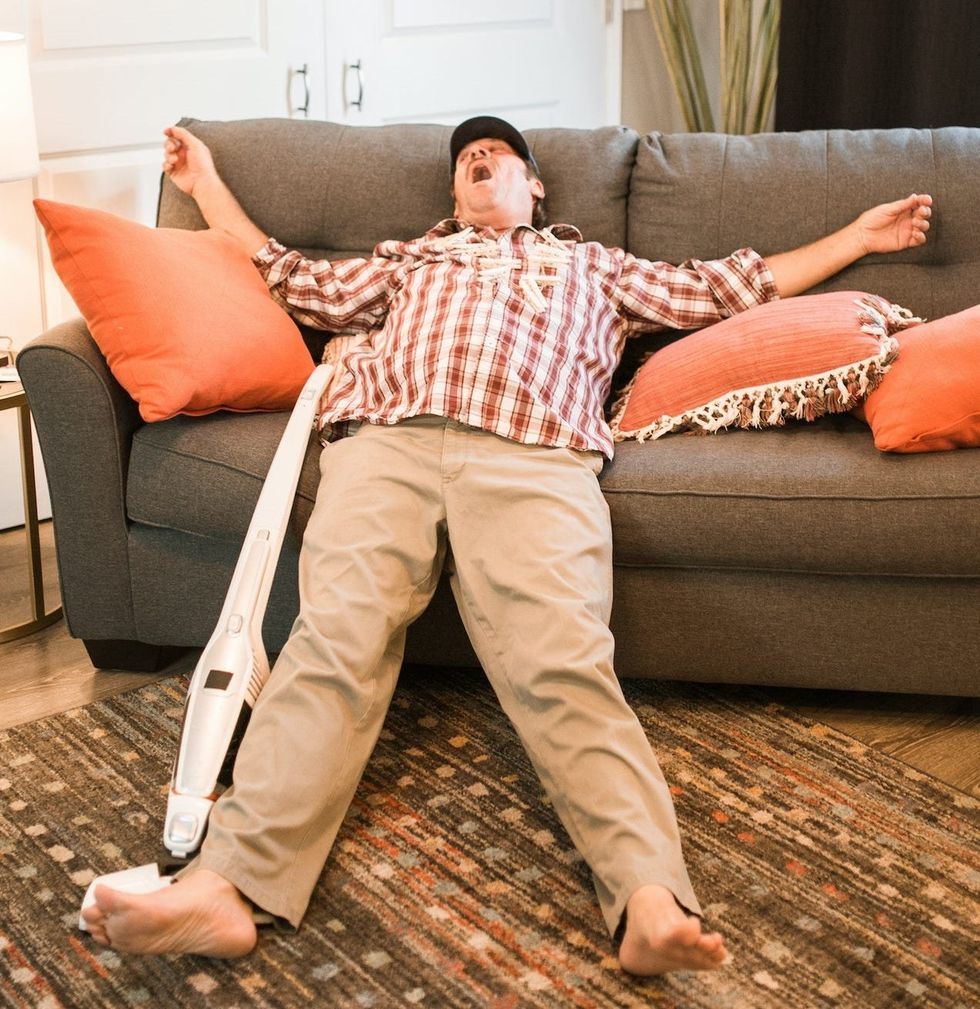
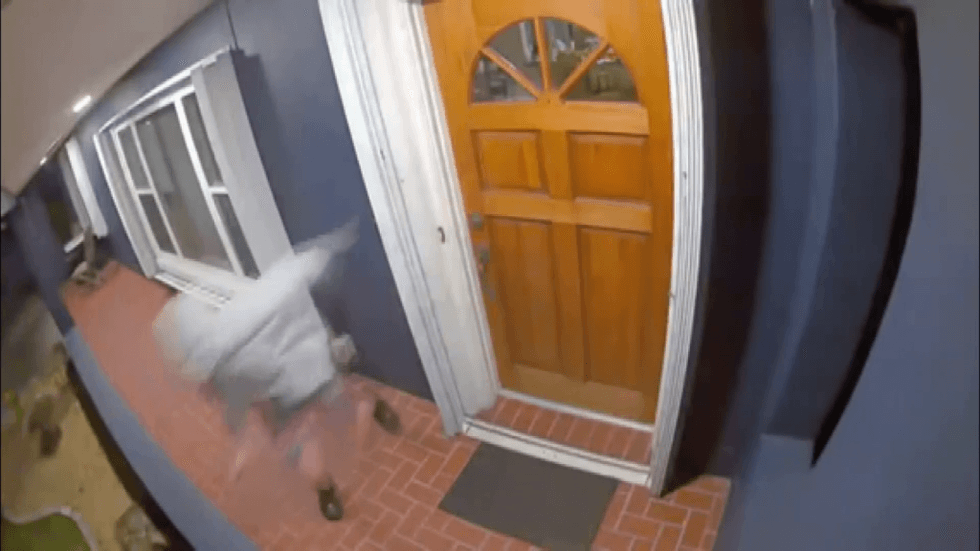


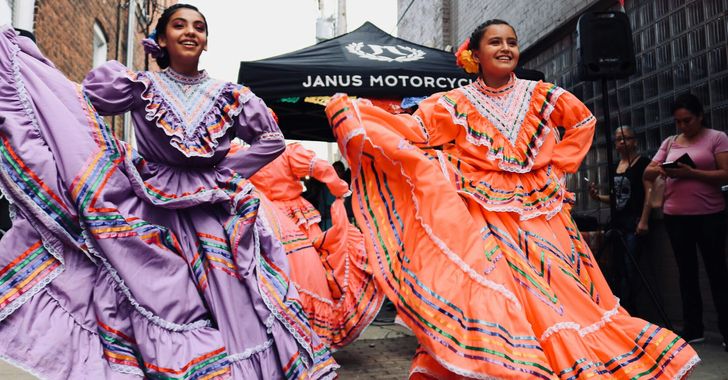 women in street dancing
Photo by
women in street dancing
Photo by 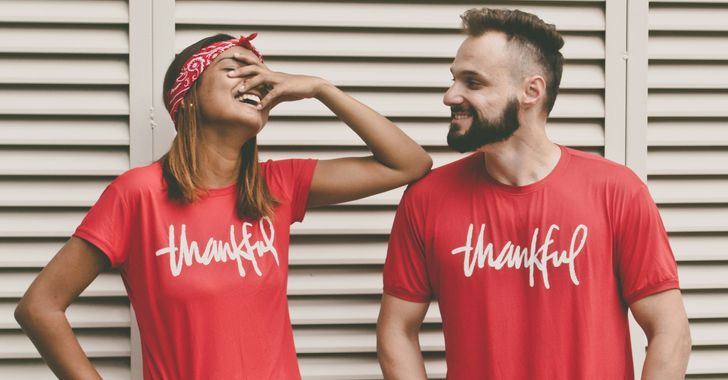 man and woman standing in front of louver door
Photo by
man and woman standing in front of louver door
Photo by 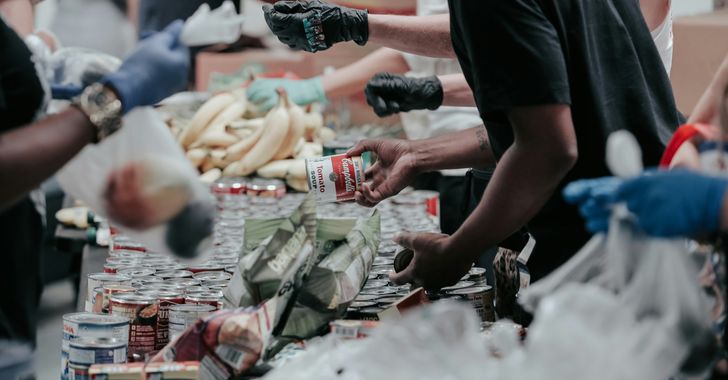 man in black t-shirt holding coca cola bottle
Photo by
man in black t-shirt holding coca cola bottle
Photo by 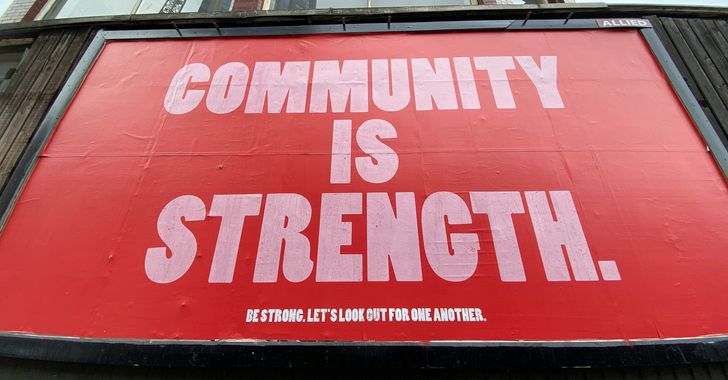 red and white coca cola signage
Photo by
red and white coca cola signage
Photo by  man holding luggage photo
Photo by
man holding luggage photo
Photo by  topless boy in blue denim jeans riding red bicycle during daytime
Photo by
topless boy in blue denim jeans riding red bicycle during daytime
Photo by  trust spelled with wooden letter blocks on a table
Photo by
trust spelled with wooden letter blocks on a table
Photo by 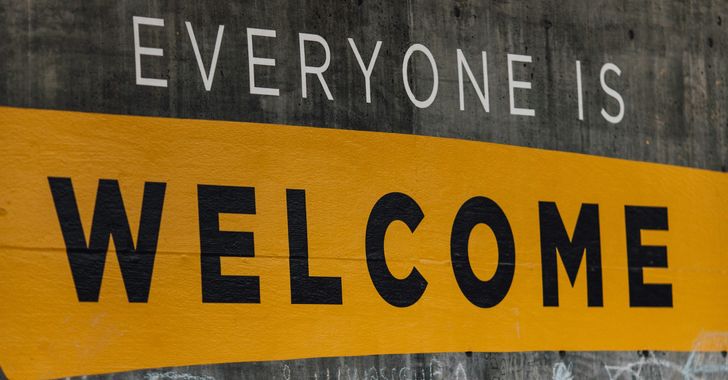 Everyone is Welcome signage
Photo by
Everyone is Welcome signage
Photo by 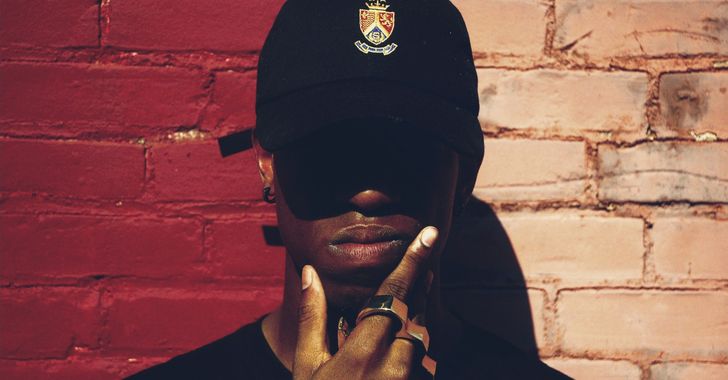 man with cap and background with red and pink wall l
Photo by
man with cap and background with red and pink wall l
Photo by 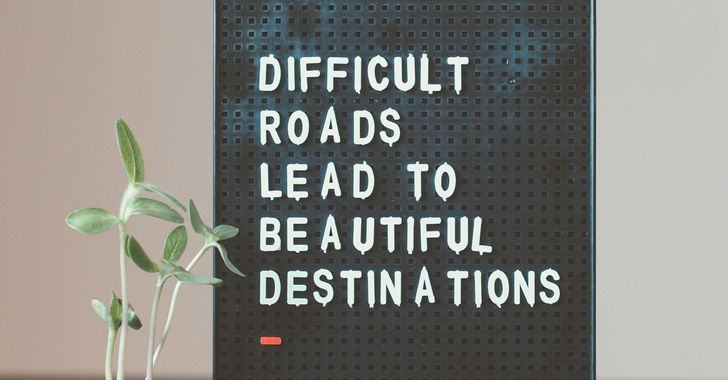 difficult roads lead to beautiful destinations desk decor
Photo by
difficult roads lead to beautiful destinations desk decor
Photo by 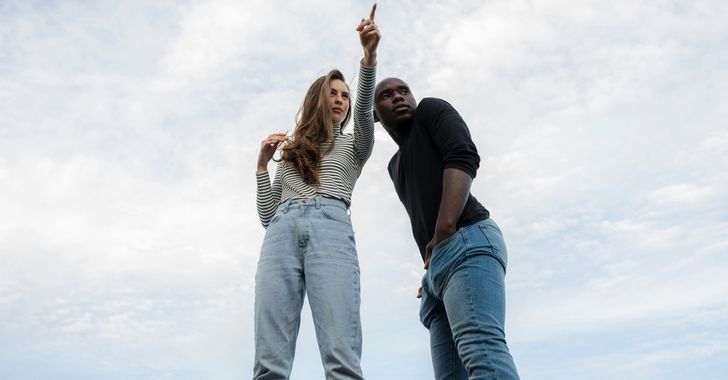 photography of woman pointing her finger near an man
Photo by
photography of woman pointing her finger near an man
Photo by  closeup photography of woman smiling
Photo by
closeup photography of woman smiling
Photo by 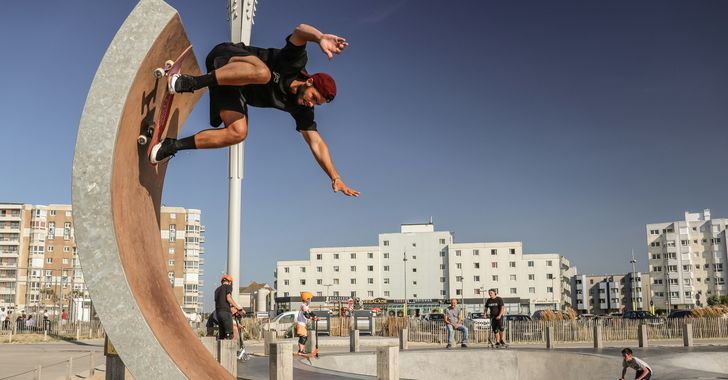 a man doing a trick on a skateboard
Photo by
a man doing a trick on a skateboard
Photo by  two men
two men 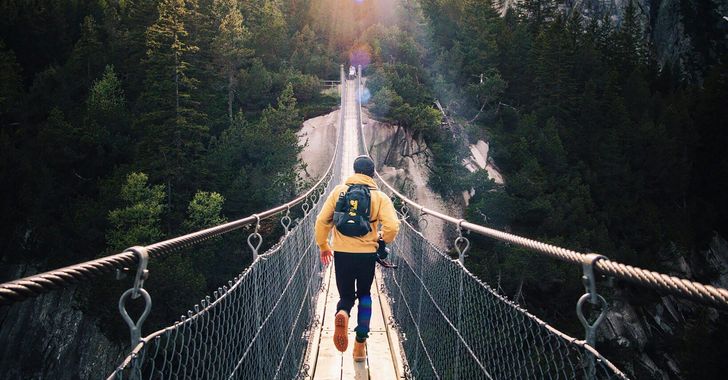 running man on bridge
Photo by
running man on bridge
Photo by  orange white and black bag
Photo by
orange white and black bag
Photo by  girl sitting on gray rocks
Photo by
girl sitting on gray rocks
Photo by 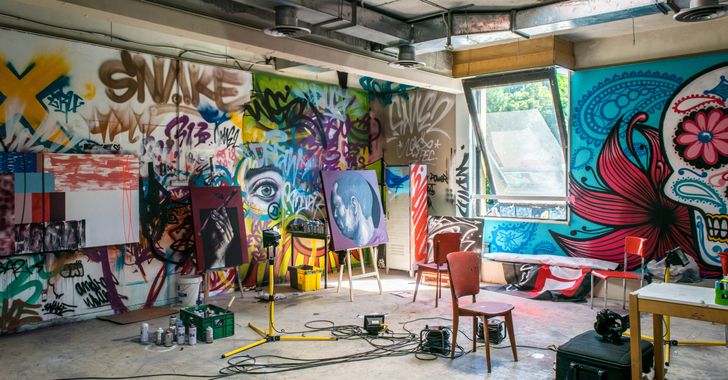 assorted-color painted wall with painting materials
Photo by
assorted-color painted wall with painting materials
Photo by  three women sitting on brown wooden bench
Photo by
three women sitting on brown wooden bench
Photo by 
 Photo by
Photo by 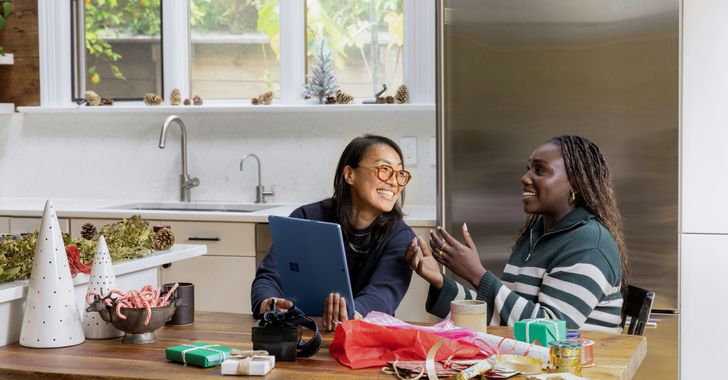 Photo by
Photo by 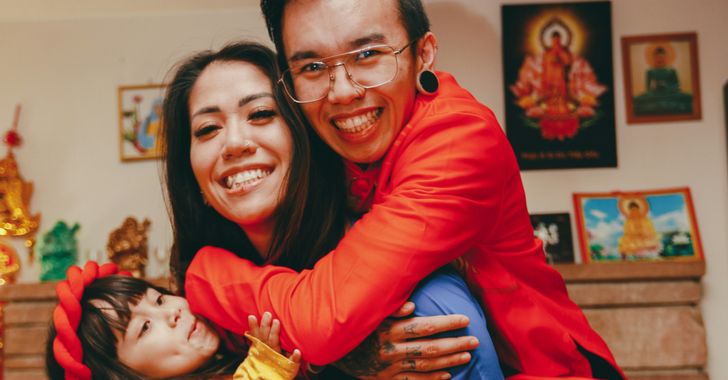 Photo by
Photo by 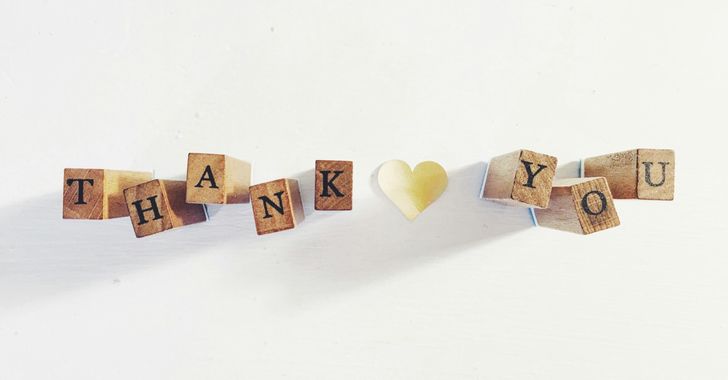 Photo by
Photo by 

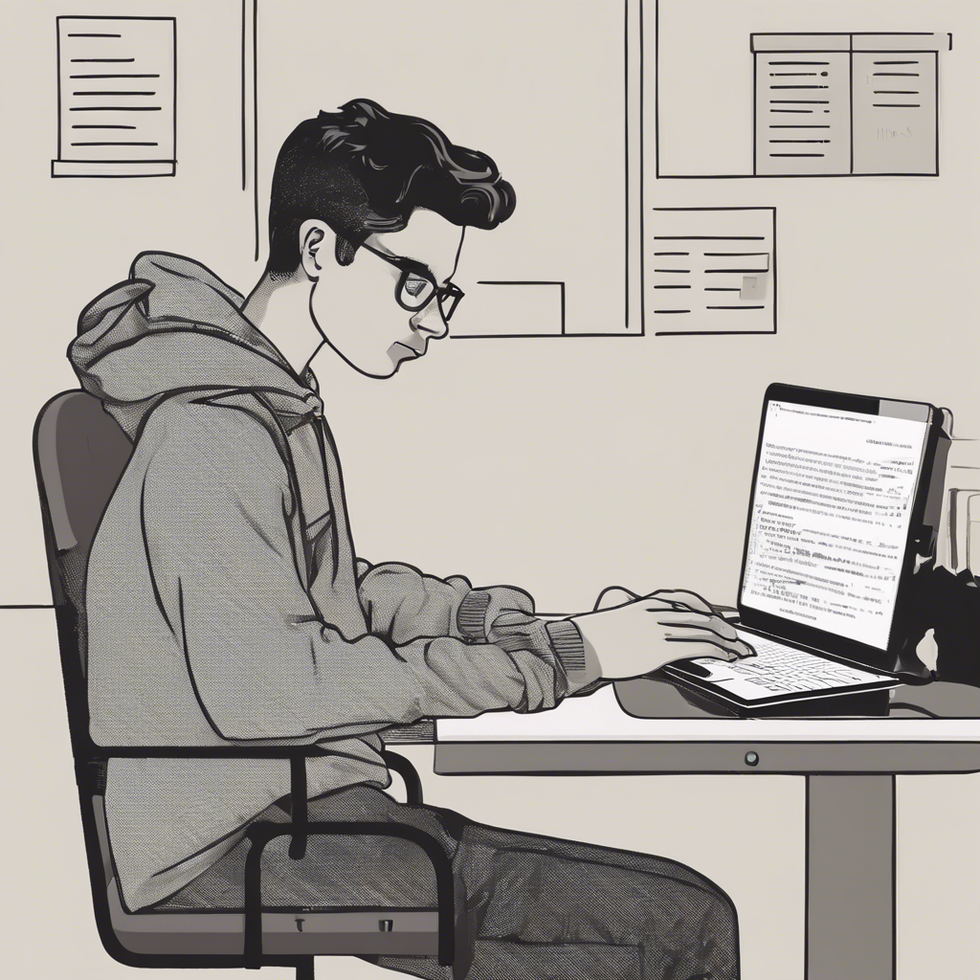
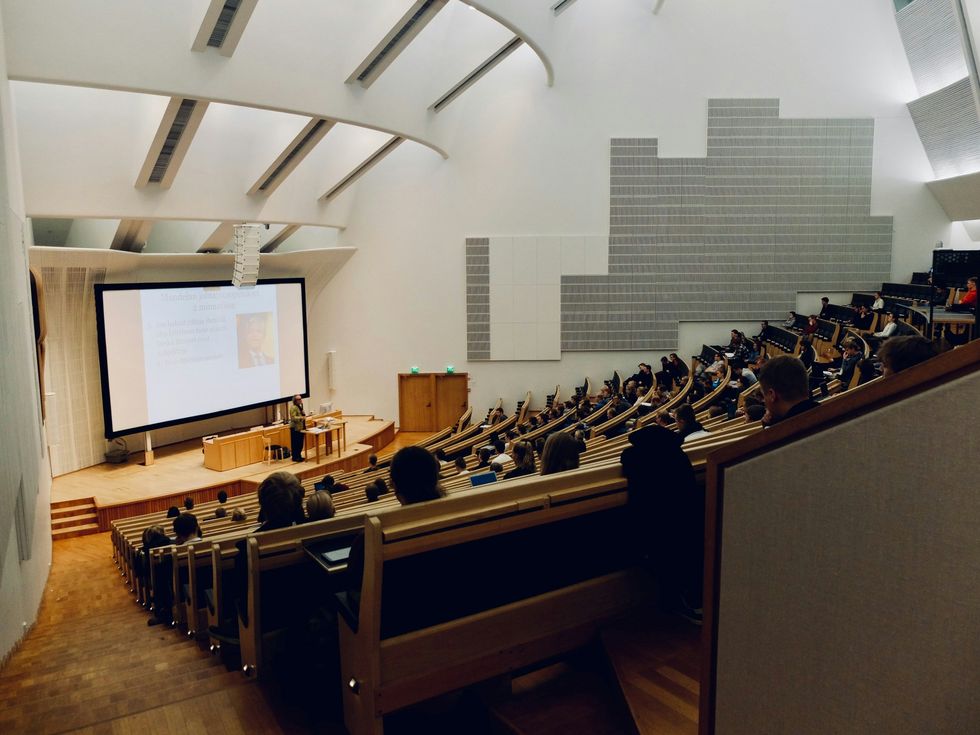 people sitting on chair in front of computer
people sitting on chair in front of computer